Review: DOOM: The Dark Ages Builds on DOOM and DOOM Eternal
There are times when I sometimes feel like DOOM: The Dark Ages might be one of the more accessible and inviting installments, yet at the same time could be too focused on prior releases' reveals and details. The gameplay is tight and encourages diverse strategies that use every item in your arsenal and the Chapters’ locations are expansive and littered with secrets, which might make it inviting enough even if you don’t know the whole backstory ahead of experiencing the newest game. While I do think I had a bit of a better time with DOOM Eternal, this is still a delight. I missed the 2016 DOOM installment and, while DOOM: The Dark Ages is a prequel, it heavily relies upon knowledge of DOOM and DOOM Eternal. After all, it begins on Argent D’Nur with the Night Sentinels requesting Bishop Kreed Maykr dispatch the Doom Slayer to Khalim to face the forces of Hells attacking. Hell’s Prince Ahzrak. However, it’s clear the Doom Slayer is under Maykr control, with a rather notable piece of technology on his chest pointing to a degree of control, and we learn about this new threat, the fate of an organization, and the familiar figure’s beginnings along the way. A very brief four sentences set the stage before we’re plunged into protecting Khalim, and I felt id Software often assumed I’d be familiar with characters and situations. To start, the execution and implementation of DOOM: The Dark Ages is downright perfect. It welcomes players from both ends of the spectrum. There are six difficulty levels, as well as some settings in options that can be adjust. So Aspiring Slayer feels like a somewhat easy experience that lets someone newer to the series or perhaps with less experience with the genre still cut through enemies, learn the mechanics, and feel powerful thanks to damage modifiers, parry windows, less aggressive enemies, and things like aim assist. Meanwhile, Ultra-Nightmare difficulty is available from the very outset and essentially punishes you for any lapse in awareness or mistake. Enemies are savage, know exactly where you are, and hunt you down, you don’t get any saves, you need to find Life Sigils to recover, the parry window is shorter, and if you die the campaign is completely over. You can also swap to different ones at any time as you play, in case you need more (or less) of a challenge. Couple this with tutorials that are well implemented as new weapons and mechanics are introduced and Chapters set up so enemies susceptible to them appear for you to gain experience. https://www.youtube.com/watch?v=s1i3YfGl5ag&ab_channel=BethesdaSoftworks While 2016’s DOOM and DOOM Eternal seemed a little faster pace, I found I benefitted more by leaning into the Doom Slayer’s more thoughtful and methodical movements in DOOM: The Dark Ages. This isn’t to say that you can’t move fast. I adored a strike carried out with the shield that lets you lock onto an enemy and essentially dash and smash into them to deal massive damage and perhaps even collateral damage to entities around it. Once you’ve set up an enemy for a finishing blow, you can tap a button to zip in and smash. Also, depending on the difficulty and your abilities, you could probably rush in if you want! But there ended up being so many moments when taking my time, analyzing the situation, and responding before immediately reacting and rushing in worked toward my benefit. Letting enemies come to me meant I could use melee hits, including the finisher that would force it to drop all types of necessary ammo. Parrying some ranged blasts could send them back, dealing more damage in a single counter than I could by wasting a few bullets or direct hits. Another thing id Software nailed with DOOM: The Dark Ages involved making each type of weapon feel different and important. It is to your benefit to not rely on one type of attack, since swapping between them often is the best approach for not only dealing with hordes, but even with certain heavier types of foes. In some cases, you’ll need to use a standard gun, such as a Shotgun or Shredder, to superheat a shield and use a Shield Saw to destroy the enemy. Or when there’s a larger foe that can take more hits surrounded by Zombies and Soldiers, using a Shield Saw to stun them, swapping to the Accelerator for a faster rate of fire, then jumping in with a melee Power Gauntlet strike to ensure it drops ammo you need. And since bringing up the weapon wheel to swap guns is also easy, it could be just as handy to use an Accelerator to get rid of enemies with Energy Shields, then swap to something like Pulverizer to take out larger groups. The recoil feels good on the PS5, the feedback is fine, and the speakers in the controller chime in with sounds taken from the assault. And the execution means every attack feels different, so there’s a faster pace with the Flail than the Power Gauntlet, and you could feel the weight of the Mace. The only complaint I have is that, unless I did feel like I needed ammo, I s
![]()
There are times when I sometimes feel like DOOM: The Dark Ages might be one of the more accessible and inviting installments, yet at the same time could be too focused on prior releases' reveals and details. The gameplay is tight and encourages diverse strategies that use every item in your arsenal and the Chapters’ locations are expansive and littered with secrets, which might make it inviting enough even if you don’t know the whole backstory ahead of experiencing the newest game. While I do think I had a bit of a better time with DOOM Eternal, this is still a delight.
I missed the 2016 DOOM installment and, while DOOM: The Dark Ages is a prequel, it heavily relies upon knowledge of DOOM and DOOM Eternal. After all, it begins on Argent D’Nur with the Night Sentinels requesting Bishop Kreed Maykr dispatch the Doom Slayer to Khalim to face the forces of Hells attacking. Hell’s Prince Ahzrak. However, it’s clear the Doom Slayer is under Maykr control, with a rather notable piece of technology on his chest pointing to a degree of control, and we learn about this new threat, the fate of an organization, and the familiar figure’s beginnings along the way. A very brief four sentences set the stage before we’re plunged into protecting Khalim, and I felt id Software often assumed I’d be familiar with characters and situations.
To start, the execution and implementation of DOOM: The Dark Ages is downright perfect. It welcomes players from both ends of the spectrum. There are six difficulty levels, as well as some settings in options that can be adjust. So Aspiring Slayer feels like a somewhat easy experience that lets someone newer to the series or perhaps with less experience with the genre still cut through enemies, learn the mechanics, and feel powerful thanks to damage modifiers, parry windows, less aggressive enemies, and things like aim assist. Meanwhile, Ultra-Nightmare difficulty is available from the very outset and essentially punishes you for any lapse in awareness or mistake. Enemies are savage, know exactly where you are, and hunt you down, you don’t get any saves, you need to find Life Sigils to recover, the parry window is shorter, and if you die the campaign is completely over. You can also swap to different ones at any time as you play, in case you need more (or less) of a challenge. Couple this with tutorials that are well implemented as new weapons and mechanics are introduced and Chapters set up so enemies susceptible to them appear for you to gain experience.
While 2016’s DOOM and DOOM Eternal seemed a little faster pace, I found I benefitted more by leaning into the Doom Slayer’s more thoughtful and methodical movements in DOOM: The Dark Ages. This isn’t to say that you can’t move fast. I adored a strike carried out with the shield that lets you lock onto an enemy and essentially dash and smash into them to deal massive damage and perhaps even collateral damage to entities around it. Once you’ve set up an enemy for a finishing blow, you can tap a button to zip in and smash. Also, depending on the difficulty and your abilities, you could probably rush in if you want! But there ended up being so many moments when taking my time, analyzing the situation, and responding before immediately reacting and rushing in worked toward my benefit. Letting enemies come to me meant I could use melee hits, including the finisher that would force it to drop all types of necessary ammo. Parrying some ranged blasts could send them back, dealing more damage in a single counter than I could by wasting a few bullets or direct hits.
Another thing id Software nailed with DOOM: The Dark Ages involved making each type of weapon feel different and important. It is to your benefit to not rely on one type of attack, since swapping between them often is the best approach for not only dealing with hordes, but even with certain heavier types of foes. In some cases, you’ll need to use a standard gun, such as a Shotgun or Shredder, to superheat a shield and use a Shield Saw to destroy the enemy. Or when there’s a larger foe that can take more hits surrounded by Zombies and Soldiers, using a Shield Saw to stun them, swapping to the Accelerator for a faster rate of fire, then jumping in with a melee Power Gauntlet strike to ensure it drops ammo you need. And since bringing up the weapon wheel to swap guns is also easy, it could be just as handy to use an Accelerator to get rid of enemies with Energy Shields, then swap to something like Pulverizer to take out larger groups. The recoil feels good on the PS5, the feedback is fine, and the speakers in the controller chime in with sounds taken from the assault. And the execution means every attack feels different, so there’s a faster pace with the Flail than the Power Gauntlet, and you could feel the weight of the Mace. The only complaint I have is that, unless I did feel like I needed ammo, I sometimes was so satisfied with the guns and Shield Saw that I didn't resort to melee. Melee does work well and can be another effective option in the arsenal, but the shooting is so punchy and shield so useful that it sometimes can't compare.



In addition to those typical means of assaulting foes, DOOM: The Dark Ages includes the ability to fight off foes in an Atlan mech or ride a Mecha Dragon. While I liked the concept behind both, especially the dragon, I feared they’d be a bit of a gimmick ahead of launch that wouldn’t mesh with what we expect from a DOOM game. Now that I’ve played, I still think the concept behind the Mecha Dragon is incredibly cool and I get why they would feel important for a sense of progress and scale, but these segments didn’t really click with me. It is fine and doesn’t ruin the experience since they aren’t a major focus in stages, but I recommend tempering your expectations for them and not expecting too much. I feel like the more diverse gameplay in Chapters spoiled me a bit. I got so used to setting the pace and choosing between varied types of assaults. So while these are totally serviceable, especially since they are rather infrequent, I didn’t find them as much fun.
What I will say is I appreciated the spectacle of them, as well as the settings for all the chapters. I love the mash-up between medieval armor, weaponry, and elements alongside the advanced relics, technology, and guns. They go together so well, I found myself sometimes finding the many types of collectibles scattered throughout Chapters because I’d occasionally take in my surroundings and explore set pieces once I’d eliminated demons. It’s especially impressive when in outdoor settings and seeing titanic demons facing off against one another. They’re massive, and again I’d stop and watch their reign of terror or fights against equally gargantuan foes or dragons. Also, as you’d expect, the soundtrack is great and filled with metal that amps up at appropriate moments.



Another perk to it is the layout and size of each Chapter makes replaying an attractive prospect. There are multiple types of collectibles, such as Codex Entries or Skins, that can be hidden away. Spaces can have multiple layers to them, inviting you to drop down into spots or explore to see if you can reach certain spots. A map can be checked, in case you’re looking for assistance or trying to suss out a secret. I also found the level design meant there would be a natural flow even if I did venture off the beaten path, which I appreciated. It’s very well thought out.
DOOM: The Dark Ages feels packed with situations that test a player and challenge them to use every element in their arsenal. Not to mention, it’s also quite accessible and filled with collectibles that make it worth replaying Chapters in its story. However, I do feel like it is geared toward people who played DOOM and DOOM Eternal, with a narrative that sometimes necessitates prior knowledge of the storyline since 2016. Also, the mecha dragon and Atlan mech sections don’t leave the sort of grand impression one might expect.
DOOM: The Dark Ages will come to the PS5, Xbox Series X, and PC on May 15, 2025.
The post Review: DOOM: The Dark Ages Builds on DOOM and DOOM Eternal appeared first on Siliconera.









































































![New iPad 11 (A16) On Sale for Just $277.78! [Lowest Price Ever]](https://www.iclarified.com/images/news/97273/97273/97273-640.jpg)

![Apple Foldable iPhone to Feature New Display Tech, 19% Thinner Panel [Rumor]](https://www.iclarified.com/images/news/97271/97271/97271-640.jpg)
![Apple Shares New Mother's Day Ad: 'A Gift for Mom' [Video]](https://www.iclarified.com/images/news/97267/97267/97267-640.jpg)





















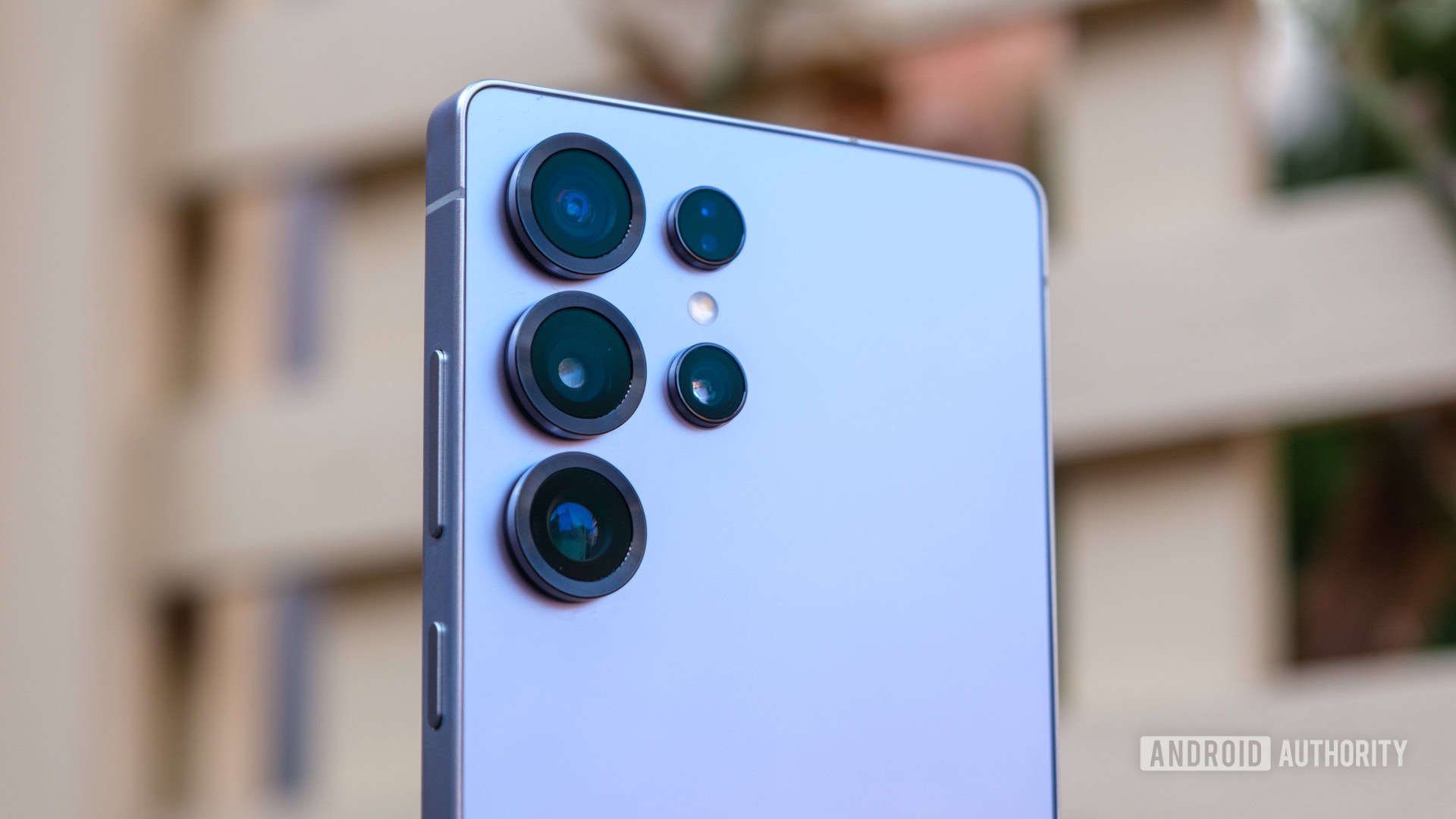






-xl.jpg)



















































































 Evolved as a Predominant Framework for Ransomware Attacks.webp?#)






























































































































![[The AI Show Episode 146]: Rise of “AI-First” Companies, AI Job Disruption, GPT-4o Update Gets Rolled Back, How Big Consulting Firms Use AI, and Meta AI App](https://www.marketingaiinstitute.com/hubfs/ep%20146%20cover.png)















































































































![Ditching a Microsoft Job to Enter Startup Hell with Lonewolf Engineer Sam Crombie [Podcast #171]](https://cdn.hashnode.com/res/hashnode/image/upload/v1746753508177/0cd57f66-fdb0-4972-b285-1443a7db39fc.png?#)

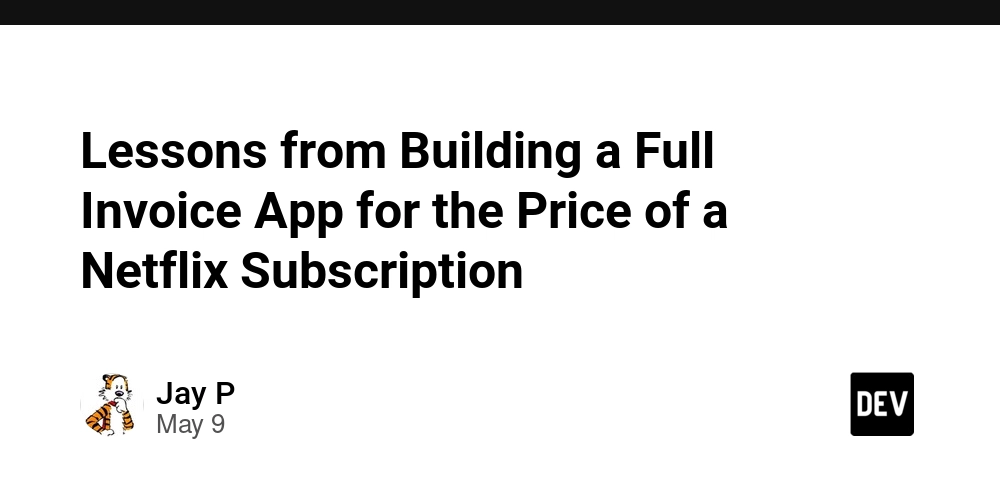
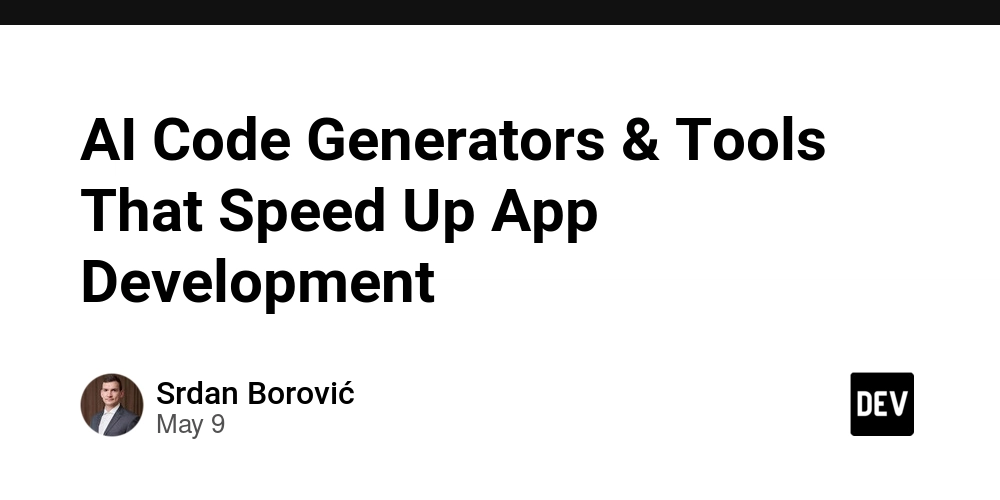











































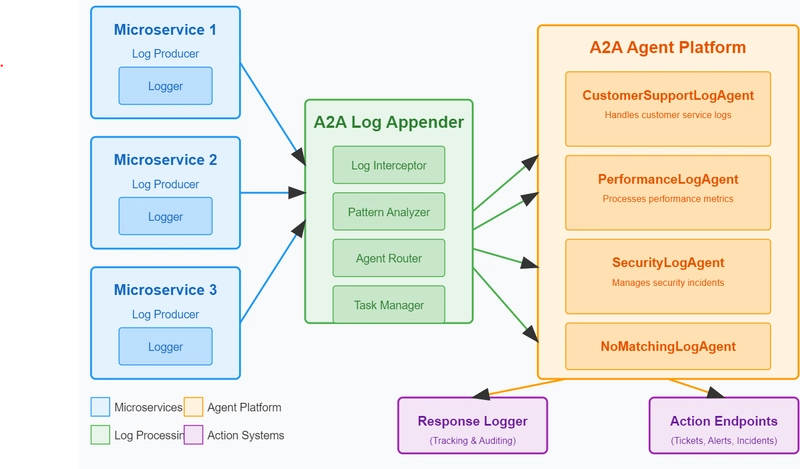
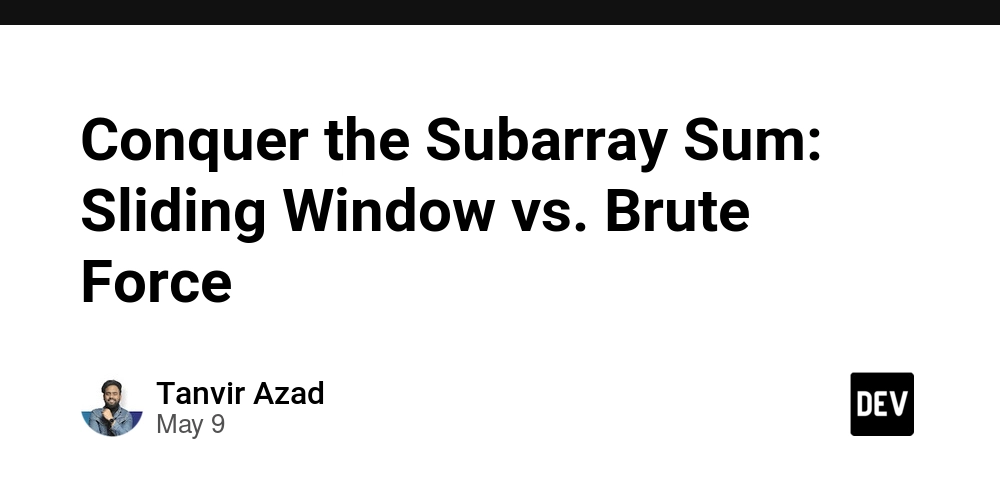




























-Nintendo-Switch-2-Hands-On-Preview-Mario-Kart-World-Impressions-&-More!-00-10-30.png?width=1920&height=1920&fit=bounds&quality=70&format=jpg&auto=webp#)





















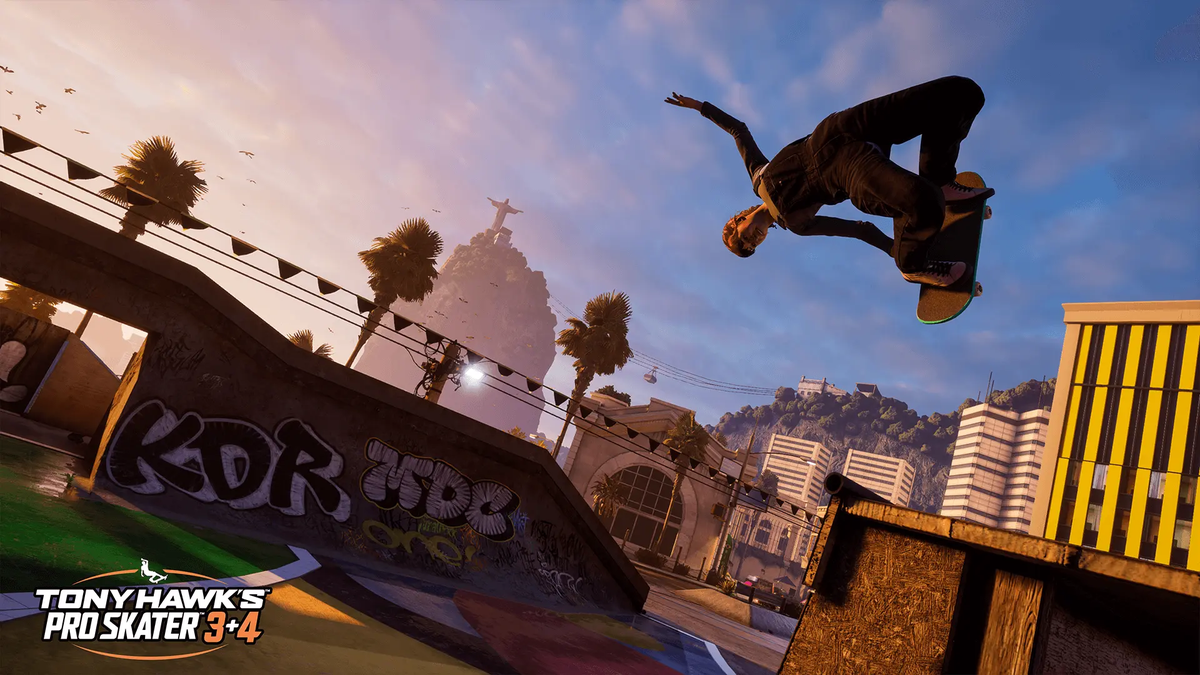
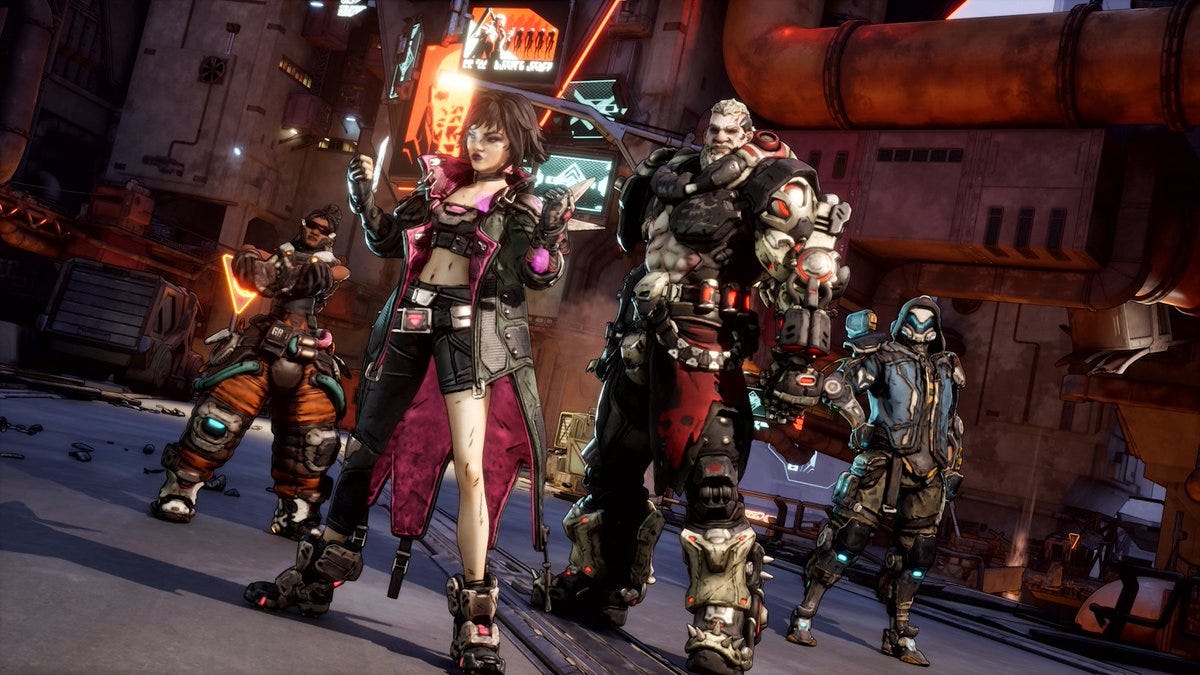






























.jpg?width=1920&height=1920&fit=bounds&quality=70&format=jpg&auto=webp#)











